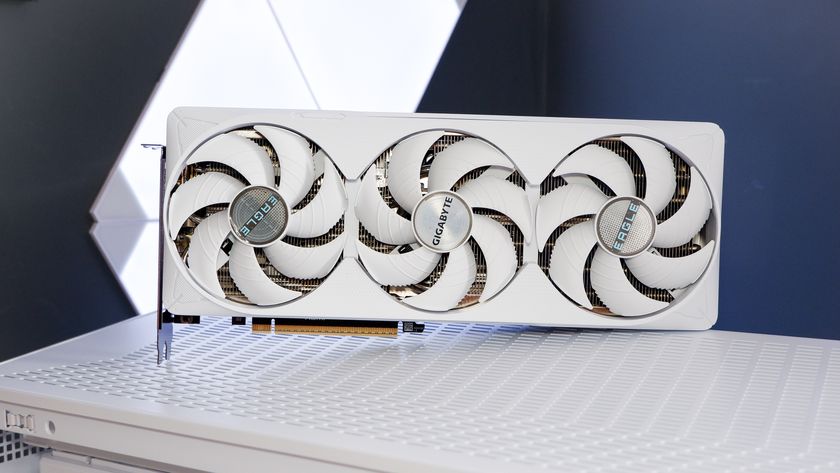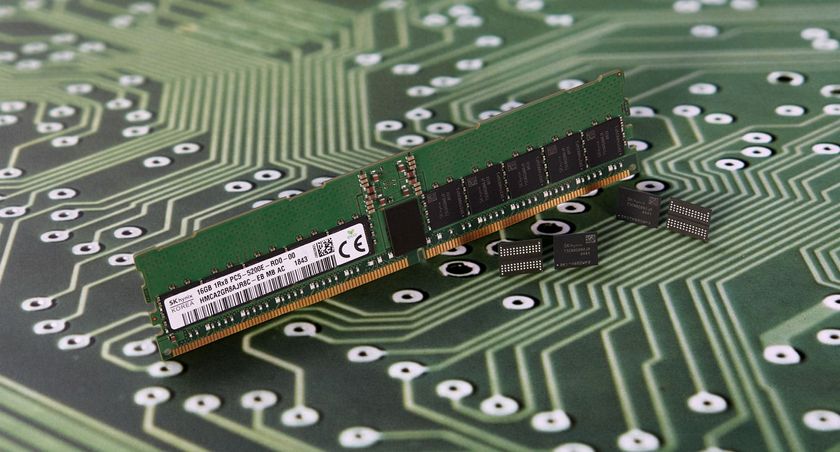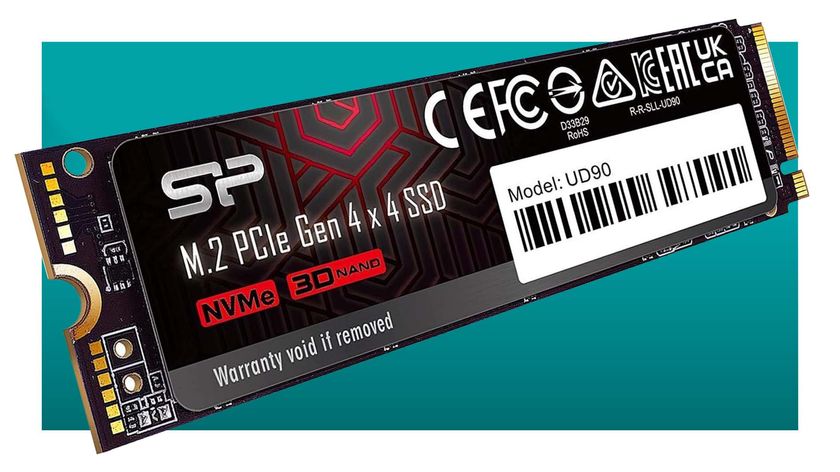Intel accidentally confirms a bunch of different GPU specs for its new gaming Xe HPG cards
A quick search on Intel.com has unearthed a host of DG2 details to pick through.

Intel has accidentally unveiled a host of details about its upcoming discrete graphics cards, including confirmed core counts and memory speeds. The new cards, created to rival AMD and Nvidia in gaming GPUs, are called Intel Xe HPG. I know, not the most inspiring or dynamic of names, but it's better than the DG2 codename, which stands for discrete graphics 2.
I mean, at least it's not another lake.
Whatever it's called, @Komachi_Ensaka (via Videocardz) has dug up a bunch of reference material on Intel.com itself, which is surprisingly just searchable from the homepage. The documents unearthed from a quick 'DG2' search are only accessible if you have an authorised log in for the Intel resource center. Meaning you can get in only as an OEM partner, or such, but there is still a surprising amount of information given in the titles and snippets for the docs themselves.
14Gbps ~ 18Gbps. pic.twitter.com/GeuSqTcQHfMarch 26, 2021
The most interesting is the official confirmation that there will indeed be a full-fat 512 execution unit (EU) version of the DG2 GPU. That's the 4,096 core-analogue which could potentially deliver the same sort of overall performance as the recently launched Radeon RX 6700 XT.
Intel's own documentation also details 128 EU and 384 EU versions of the DG2 GPUs, which would equate to 1,024 and 3,072 core-analogue chips. There are no other actual core details dished out in the doc titles, but they do note a total of five different GPU SKUs specifically for the notebook side.
That could mean there are only three different core counts, but differing levels of memory support. Or, that the rumours of 96, 128, 196, 256, 384, and 512 EU versions of the DG2 are true, and they'll all find a place in the PCs and laptops of tomorrow. Well, later on this year anyways.
Videocardz has also found references to the different sockets that the 512 and 128 EU GPUs will use, with the former soldered into a 2660-pin ball grid array (BGA) socket, and the latter in a 1379-pin BGA socket.
The biggest gaming news, reviews and hardware deals
Keep up to date with the most important stories and the best deals, as picked by the PC Gamer team.
The site suggests, through a reference to DG2 in Tiger Lake H laptops, that DG2 will debut with those machines launching later this year. Tying the initial availability of its new discrete GPUs to its 11th Gen gaming laptops makes some sense as it allows Intel to tightly control the entire system from the get-go. With an add-in card launch first, the Intel Xe HPG cards would be at the mercy of the myriad systems the PC platform is home to, and who knows what difference older CPUs, different motherboards, and strange memory configurations might have on the brand new GPUs.

Launching in a laptop first would make it far easier for Intel to validate and optimise the GPUs and drivers for those exact systems before they get in the hands of reviewers or the general public.

Best gaming monitor: pixel-perfect panels for your PC
Best 4K monitor for gaming: when only high-res will do
Best 4K TV for gaming: big-screen 4K PC gaming
The final piece of the puzzle unearthed in these doc titles and snippets is a note about graphics memory. The Intel Xe HPG cards will launch with support for GDDR6 and can operate with data rates of 14 GT/s up to 18 GT/s.
So, what does all this mean? Basically, it's happening, it's really happening. I don't know if I genuinely thought Intel would get to the point where it was going to release an actual discrete gaming GPU, at least not this year. Even when Jacob had the DG1 in his hands, I still struggled to believe that there would be a gaming-capable follow-up that might actually hit my test rig.
But from the teaser trailer to the first Xe HPG Scavenger Hunt (where all the prizes have already been claimed, whatever they were), and the increasing number of details hitting the internets, we're surely not going to have to wait much longer to actually find out if there really is a third way out of the current graphics card crisis.

Dave has been gaming since the days of Zaxxon and Lady Bug on the Colecovision, and code books for the Commodore Vic 20 (Death Race 2000!). He built his first gaming PC at the tender age of 16, and finally finished bug-fixing the Cyrix-based system around a year later. When he dropped it out of the window. He first started writing for Official PlayStation Magazine and Xbox World many decades ago, then moved onto PC Format full-time, then PC Gamer, TechRadar, and T3 among others. Now he's back, writing about the nightmarish graphics card market, CPUs with more cores than sense, gaming laptops hotter than the sun, and SSDs more capacious than a Cybertruck.











